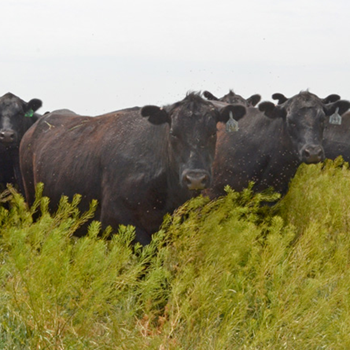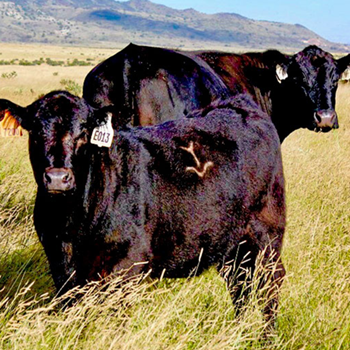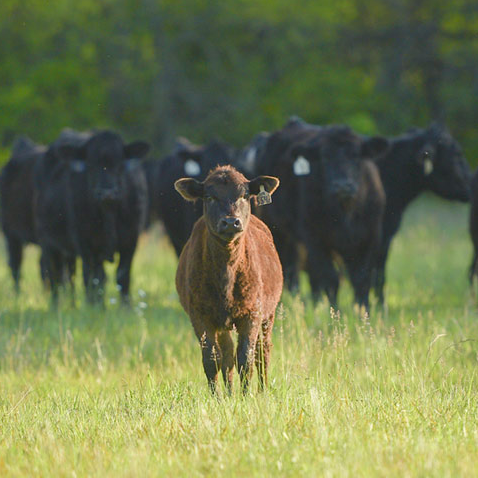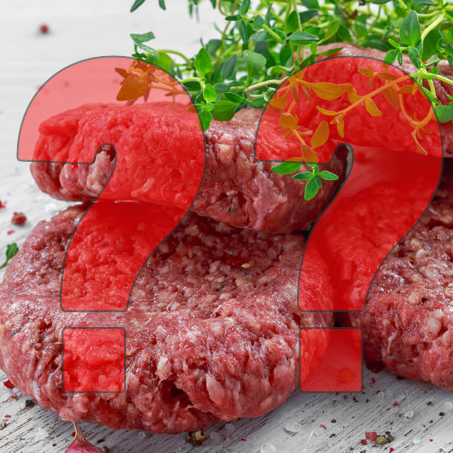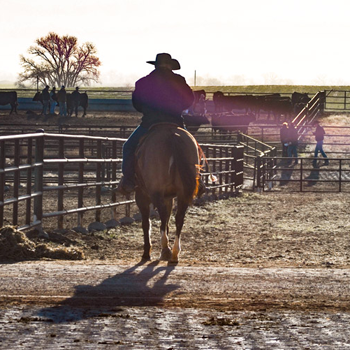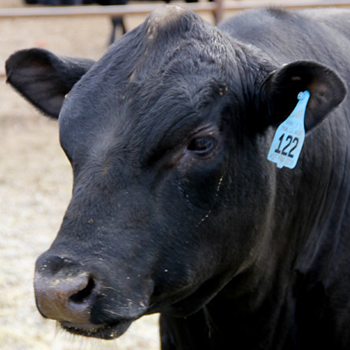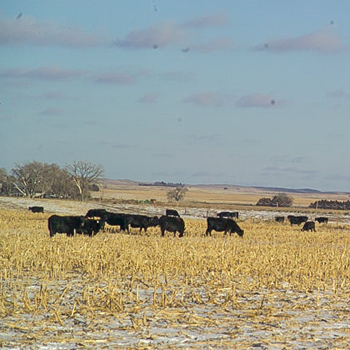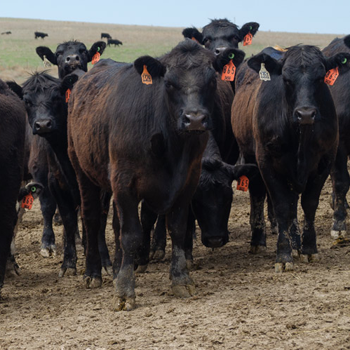
Coccidiosis Diagnosis
Diagnosis tips to figure out the cause of scours in calves.
The most common illness in young calves is scours, but there are many causes. Diarrhea can be due to certain kinds of bacteria, viruses or protozoa. Whether calves get sick is often related to multiple factors, including exposure and level of immunity. Good weather, clean ground and stress reduction — protecting calves from bad weather, not confining cattle too much during calving season — can help reduce incidence of scours.
Producers often want a way to determine the cause of diarrhea, to know how best to treat it, because it’s not easy to tell just by looking at the calf or the feces.
“There are various tests people have come up with over the years, with the intent of enabling producers to get a feces sample to do on-farm testing, but none of these have been very effective,” says Steve Hendrick, veterinarian with Coaldale Veterinary Clinic, Coaldale, Alta., Canada.
 |
Producers often want a way to determine the cause of diarrhea, to know how best to treat it, because it’s not easy to tell just by looking at the calf or the feces. |
Age of the calf can give a clue. Bacterial scours might occur within the first couple days of life, particularly something like E. coli. Hendrick says they tend to see viral scours in calves 1 to 2 weeks of age.
Protozoal pathogens have a longer incubation time. Cryptosporidiosis generally won’t occur until a calf is at least 7 to 10 days old or older, and generally won’t show up in calves until about 2 weeks of age. Coccidiosis takes at least three weeks, but usually four weeks, before enough intestinal damage is done and the calf has diarrhea.
“The hard part in trying to diagnose by age, however, is that there’s usually some overlap; a calf that’s 2 weeks old might have viral scours and a bacterial infection as well. It also depends on how early in life a calf was exposed and infected,” Hendrick explains.
Color and consistency of the feces can be a clue, but not always.
When there is blood in the feces, the general suspect is coccidiosis, but these calves may not always have evidence of blood, he says. With coccidiosis, the feces may just be brown and watery. With some of the other kinds of intestinal infection, the feces may be gray, yellow or greenish.
“We can’t say for sure what type of infection it might be just by color. If there are multiple calves with scours, have your veterinarian take a fecal sample to see what the cause is — especially if it might help you treat subsequent cases more effectively. When we get into a wreck, there are often multiple ‘bugs’ involved,” Hendrick says.
Unless you know what you are dealing with, the best treatment is just giving the calf adequate fluids/electrolytes. Consult your veterinarian for advice on additional treatment such as a broad-spectrum antibiotic if there is a chance it might be bacterial or complicated by secondary bacterial infection.
“I understand why people reach for a scour bolus, because it’s easy, but it doesn’t always help. Electrolytes, and keeping the calf hydrated, are more important,” says Hendrick.
If there is too much gut damage, however, the calf can’t absorb oral fluids and electrolytes. In that situation, the calf needs IV fluids. Usually if the calf can still stand up and move around, he can use oral fluids. If he is too weak to stand, with no suckle reflex, oral fluids won’t do him any good. The only way you will save him is with an IV administered as soon as possible.
Often scours, especially in an outbreak situation, is due to a management problem. Cattle may be too confined in a contaminated environment. “There are generally many factors that come together to create the problem,” Hendrick says.
Editor’s note: Heather Smith Thomas is a cattlewoman and freelance writer from Salmon, Idaho.

